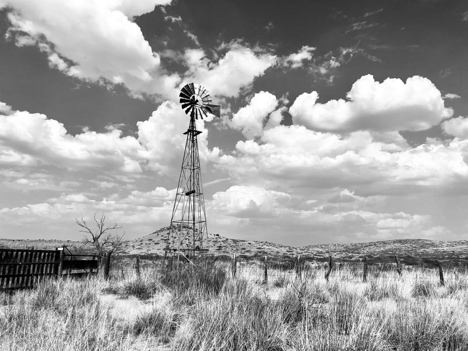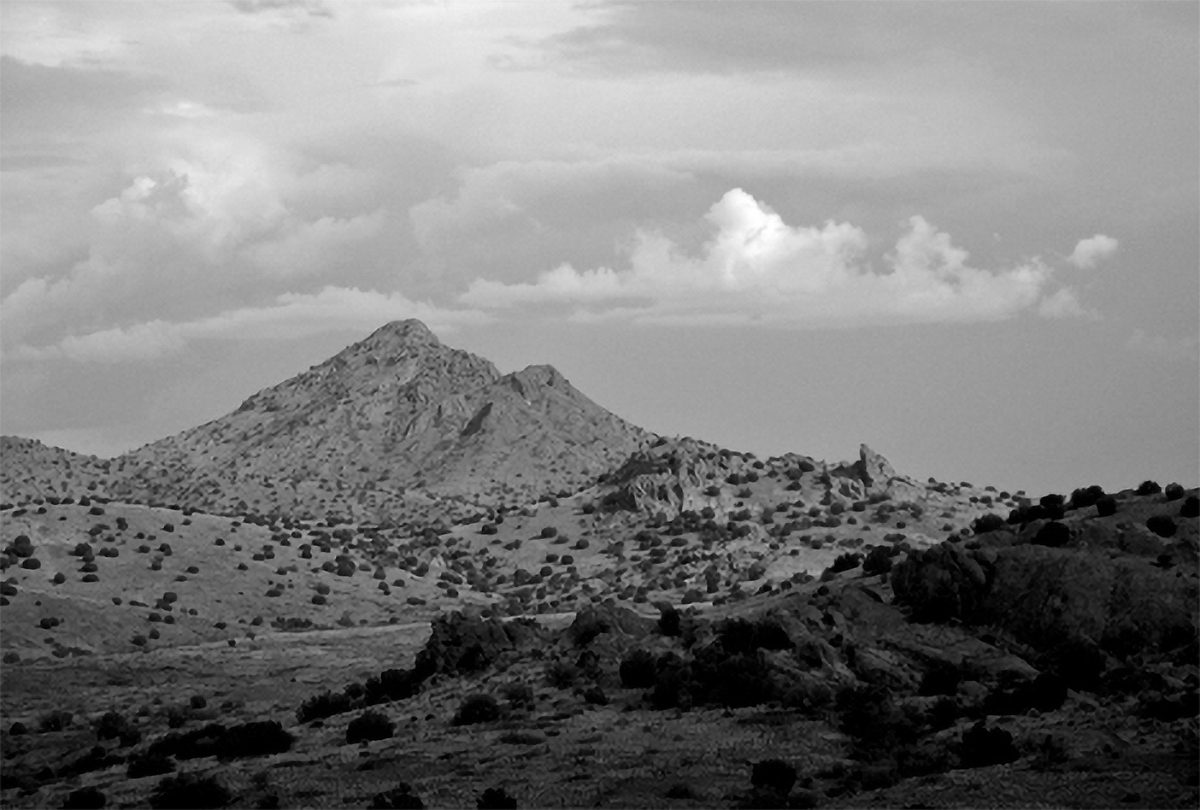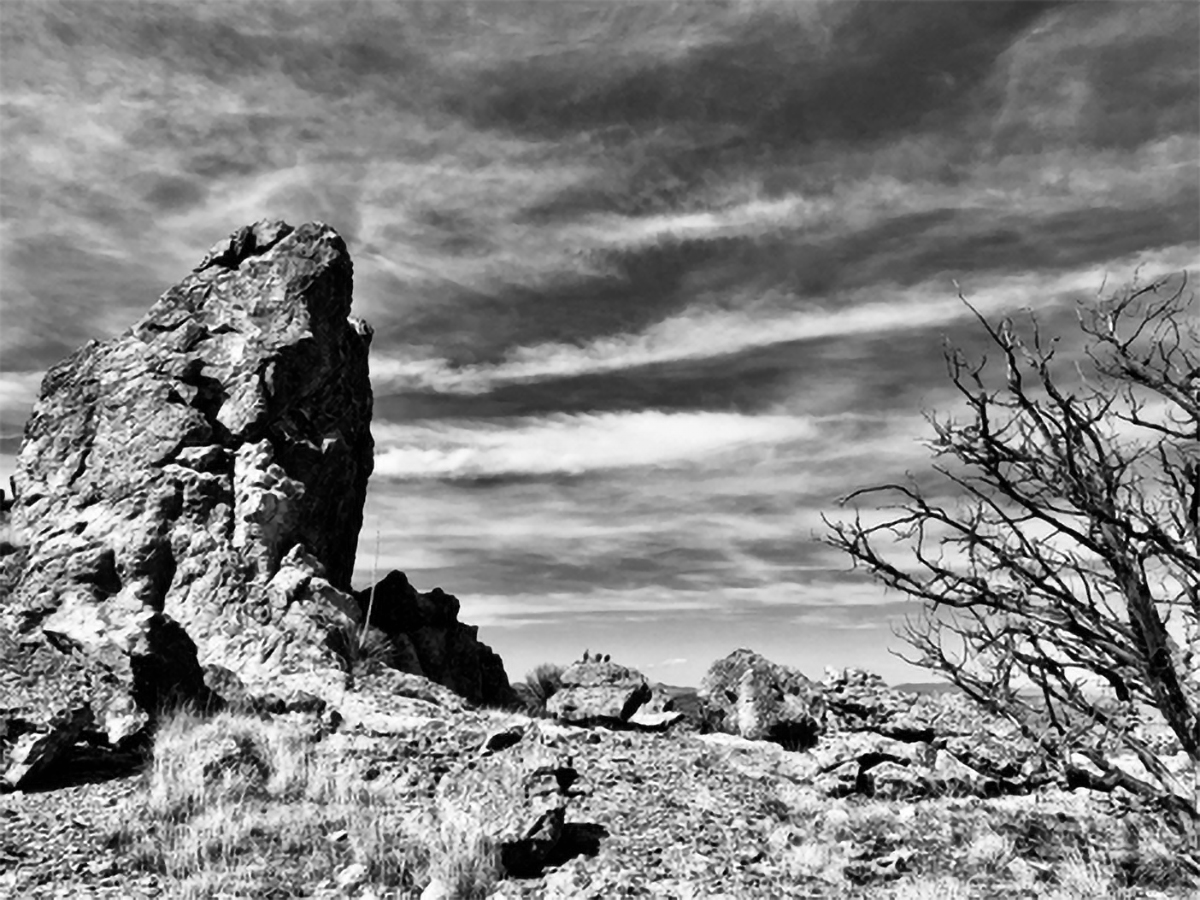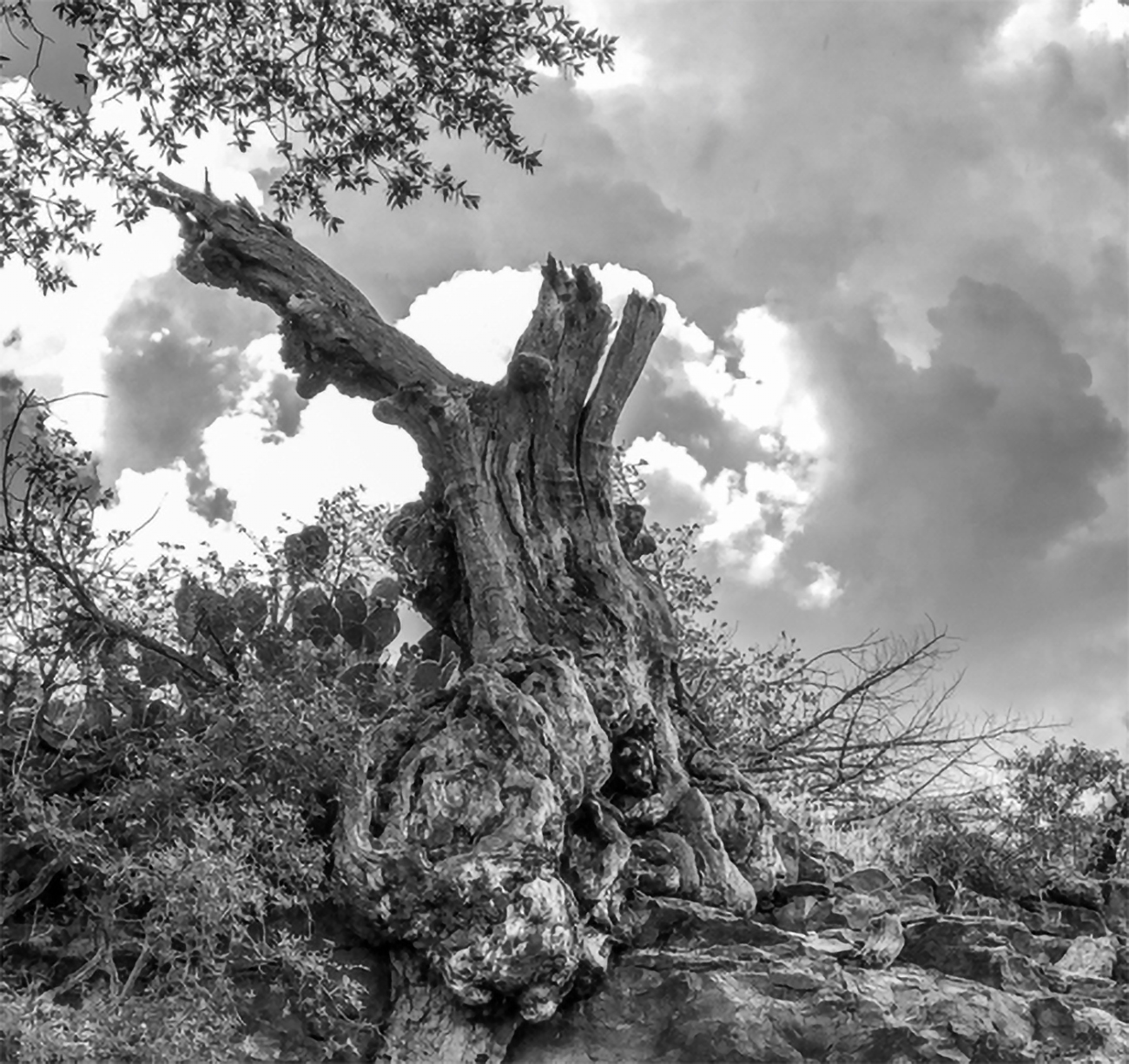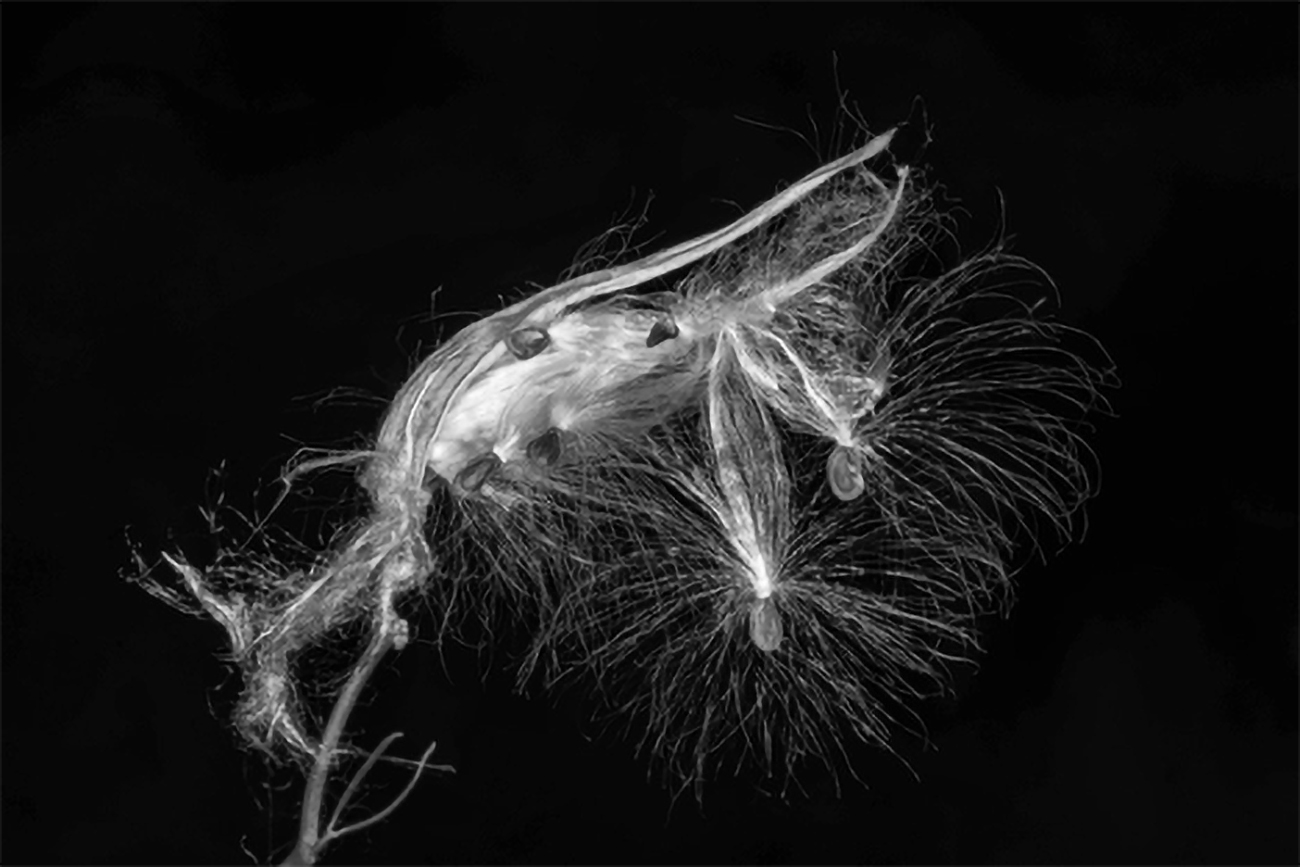Beauty in Black and White
The beauty that moved Charles Darwin and Aldo Leopold is often subtle and seen more clearly in black and white. These photographs were taken on or near the Pitchfork Ranch and speak to why Darwin valued beauty as fundamental to the origin of the planet’s diverse species and how come Leopold maintained it was an essential element of his land ethic.
Soldier’s Farewell Hill is a well-known 6,135 feet high landscape feature that is said to be several feet shy to be classified as a mountain. What was once known as the “Great American Desert” was settled by Europeans and their progeny, some of whose wagon trains were accompanied by soldiers from El Paso to this point who then bid them “farewell.” Visible from Silver City, it’s the tallest “mountain” in the area and also said to be named when a soldier received a Dear John letter and died by suicide. Another tale says a group of calvary were trapped atop the hill, Apaches below waiting for them to run out of water, they finally signaled “farewell,” descended to fight their final battle.
Also, “legend has it that in 1856 a U.S. dragoon camped there with Major Enoch Steen on the way to take over Tucson, suddenly went mad, dashed from his tent, cried, Farewell, everybody!’ and before he could be restrained, shot himself though the head.” An 1858 account by J. M. Farewell (I’m not making this up) of the Alta California of San Francisco wrote its “romantic and musical name arose from the circumstances that one became weary of a ‘soldier’s couch, and a soldier’s fare,’ bade farewell to ‘the plumed troop and the big wars,’ etc., and shortened his life by suicide.”
Not the quote, photo credit: Dennis O’Keefe, April 2013.

Although the 8 to 11,000-year old Clovis point of the prehistoric Paleoamerican culture on the left and found on the ranch could have been traded to later residents, the Clovis people — until recently uniformly considered the ancestors of most of the indigenous cultures — may well have lived along the Burro Ciénaga. The white stone on the right may be a drill? Lucinda Cole, April, 2007.
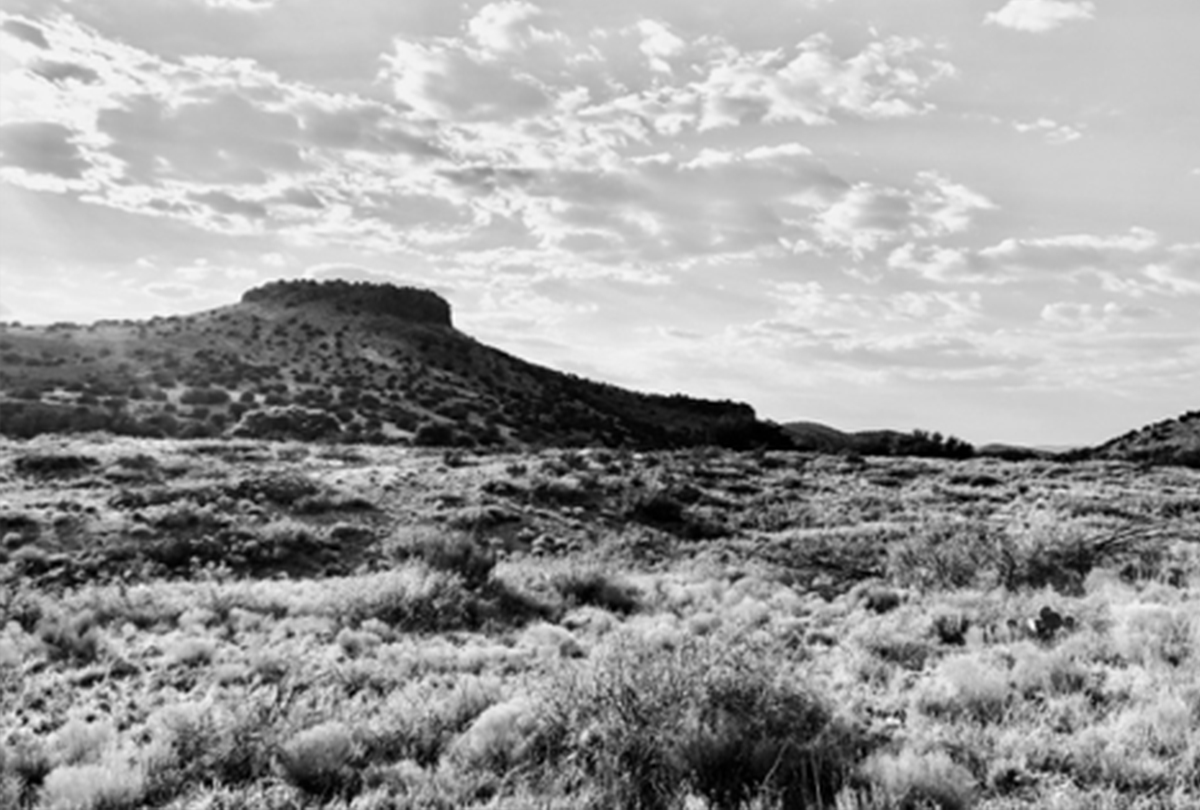
Atop Big Butte, there are a number of artifacts and circular structure remains of Indigenous Peoples. They had access to perennial water before the Burro Ciénaga became incised and dewatered after newcomers replaced the earlier occupants of these lands. Why less water? A combination of causes: the absence of fire that had occurred, on average, every 8 to 10 years before Spanish arrival, their introduction of sheep, trapping out of beaver from the American fur trade, cattle overstocking, agricultural re-contouring and now climate change. McIntyre, August, 2020.
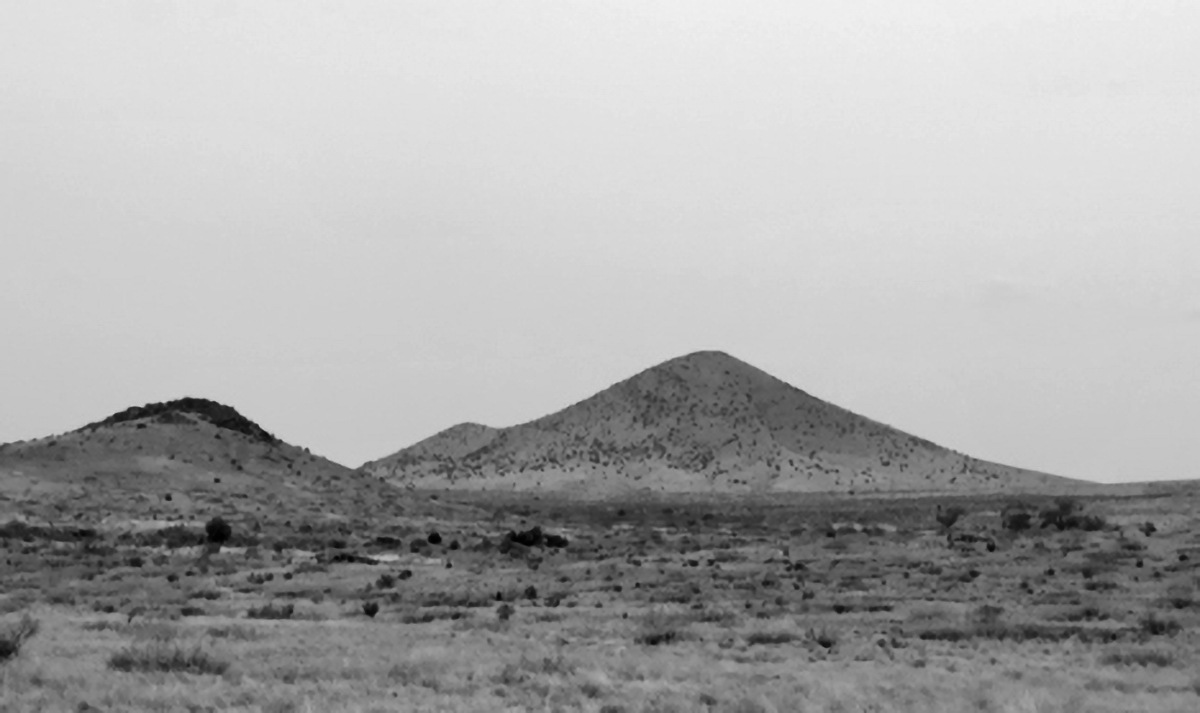
To the right of the razer-back, Bessy Rhodes mountain was used by the US Calvary as a Heliograph Station. Often assumed to be named after a soldier’s sweetheart, the names “Bessy” and “Rhodes” are inscribed on two large boulders separated by several feet with an American flag next to one of the carvings, thus these are likely the last names of two soldiers who worked the Heliograph’s talking mirrors (akin to smoke signals) that were hoped but failed to help outsmart the Apaches. In service of the men stationed at the foot of Soldier’s, there was a brothel nearby and another temporary camp further north on the ranch. McIntyre, September, 2020.

